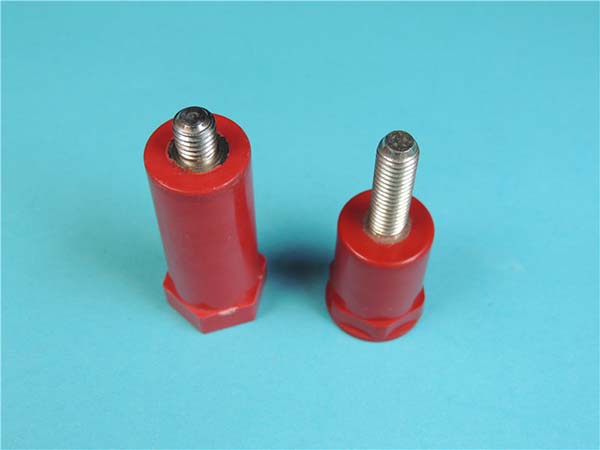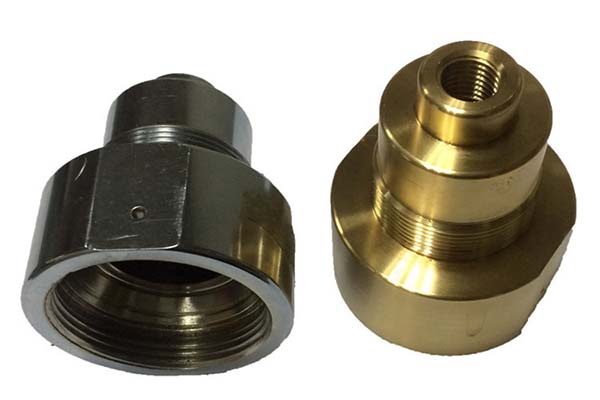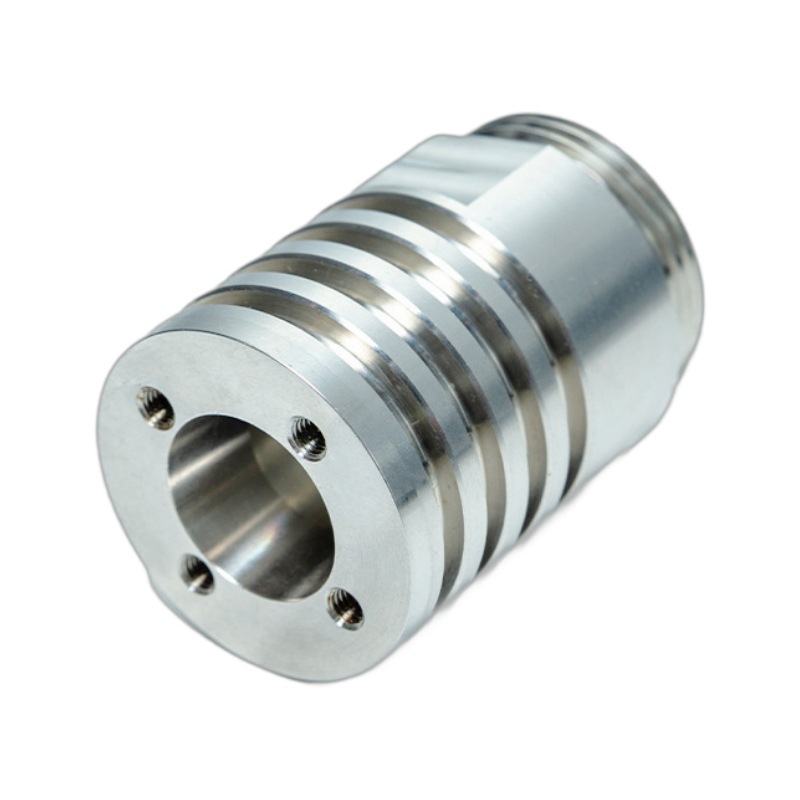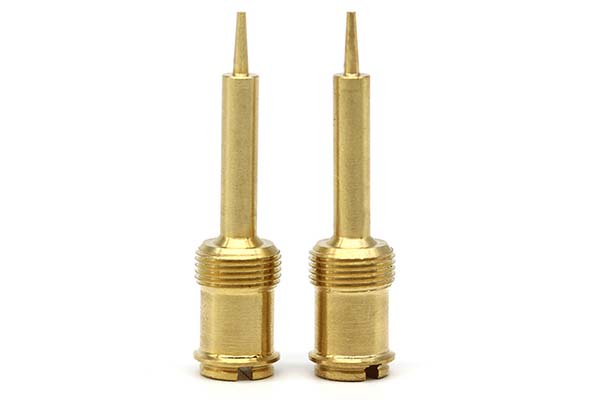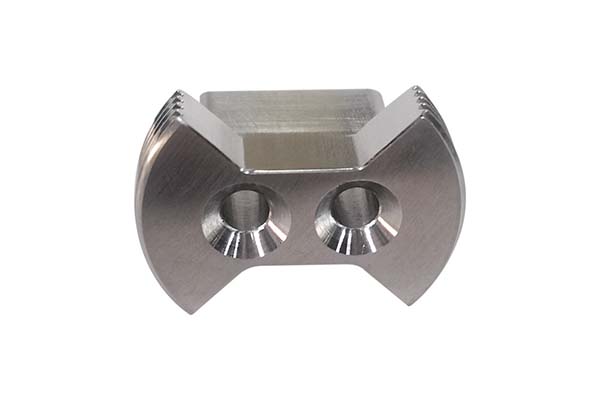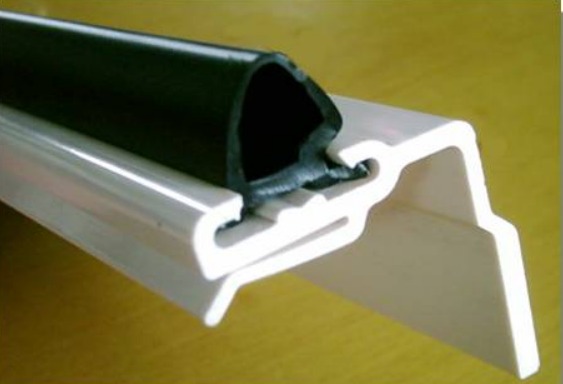CNC machining of Polyethylene terephthalate (PET) presents distinct challenges that manufacturers often encounter. Its high thermal stability is a benefit, but it also means PET can withstand less heat before melting (250-260°C) compared to other plastics, leading to tool gumming and surface defects if cutting parameters are not precise. Additionally, PET’s optical clarity demands flawless surface treatment—even minor scratches or haze are highly visible, requiring meticulous tool selection and machining techniques. Its moderate rigidity can cause workpiece deflection under improper clamping, affecting tolerance control. This guide addresses these pain points, offering expert strategies to master CNC machining of PET.
CNC Machining Technology
Computer Numerical Control (CNC) technology powers the precise machining of PET, using CNC machines and machining centers to automate material removal with exceptional accuracy. At the core of this process is precision engineering, which leverages CNC programming to translate design specifications into toolpaths—created via CAD/CAM integration—ensuring every cut is consistent and accurate.
Tooling and cutting tools are critical components, with advancements in carbide and diamond-coated tools enabling cleaner cuts on PET. Automation in manufacturing further enhances efficiency, with robotic loaders and in-process inspection systems reducing human error and increasing throughput. Modern CNC systems can achieve tolerances as tight as ±0.005 mm on PET, making them suitable for high-precision applications like medical device components and optical parts.
PET Material Properties
Polyethylene terephthalate (PET) is a versatile thermoplastic material with properties that make it ideal for CNC machining:
- Mechanical properties: PET has a tensile strength of 48-72 MPa and a flexural modulus of 2800-4100 MPa, balancing rigidity and toughness—suitable for structural parts like gears and brackets.
- Chemical resistance: It resists water, alcohols, and dilute acids but can be damaged by strong bases and organic solvents, limiting its use in chemical processing applications.
- Thermal stability: PET maintains its properties at temperatures up to 120°C, with a melting point of 250-260°C, requiring careful heat management during machining to avoid deformation.
- Optical clarity: Transparent PET grades transmit 90-92% of visible light, making them ideal for lenses, display covers, and packaging where clarity is critical.
- Density and weight: At 1.38-1.40 g/cm³, PET is lightweight yet strong, offering weight advantages in automotive and aerospace applications.
- Recyclability: PET is highly recyclable, with recycled grades (rPET) retaining many properties, making it a sustainable choice for eco-conscious manufacturers.
| Property | PET | PBT | PMMA |
| Tensile Strength | 48-72 MPa | 50-60 MPa | 70-90 MPa |
| Melting Point | 250-260°C | 220-230°C | 160-170°C |
| Optical Clarity | 90-92% | Opaque/Translucent | 92% |
| Recyclability | High | Moderate | Low |
PET Material Properties
Polyethylene terephthalate (PET) is a versatile thermoplastic material with properties that make it ideal for CNC machining:
- Mechanical properties: PET has a tensile strength of 48-72 MPa and a flexural modulus of 2800-4100 MPa, balancing rigidity and toughness—suitable for structural parts like gears and brackets.
- Chemical resistance: It resists water, alcohols, and dilute acids but can be damaged by strong bases and organic solvents, limiting its use in chemical processing applications.
- Thermal stability: PET maintains its properties at temperatures up to 120°C, with a melting point of 250-260°C, requiring careful heat management during machining to avoid deformation.
- Optical clarity: Transparent PET grades transmit 90-92% of visible light, making them ideal for lenses, display covers, and packaging where clarity is critical.
- Density and weight: At 1.38-1.40 g/cm³, PET is lightweight yet strong, offering weight advantages in automotive and aerospace applications.
- Recyclability: PET is highly recyclable, with recycled grades (rPET) retaining many properties, making it a sustainable choice for eco-conscious manufacturers.
| Property | PET | PBT | PMMA |
| Tensile Strength | 48-72 MPa | 50-60 MPa | 70-90 MPa |
| Melting Point | 250-260°C | 220-230°C | 160-170°C |
| Optical Clarity | 90-92% | Opaque/Translucent | 92% |
| Recyclability | High | Moderate | Low |
Applications of CNC Machined PET
CNC machined PET parts are valued across industries for their clarity, strength, and versatility:
- Packaging industry: Clear PET containers, bottle caps, and display cases leverage its optical clarity and ability to be machined into complex shapes.
- Medical devices: PET is used for surgical instrument handles, diagnostic equipment covers, and medication packaging, thanks to its biocompatibility and ease of sterilization.
- Automotive parts: Interior trim, light covers, and sensor housings benefit from PET’s thermal stability and resistance to UV radiation.
- Electronics components: Smartphone screen protectors, camera lenses, and battery casings use PET’s clarity and impact resistance.
- Consumer products: Eyeglass frames, cosmetic containers, and toy parts leverage its moldability and aesthetic appeal.
- Industrial components: Gears, rollers, and wear pads made from PET offer low friction and durability in machinery.
- Customized parts: PET’s machinability makes it ideal for one-off or low-volume customized parts, from prototype enclosures to specialized tooling.
- Prototyping: Engineers use CNC machined PET prototypes to test form, fit, and function before mass production, reducing development time.
CNC Machining Processes for PET
CNC machining of PET requires tailored processes to preserve its properties and achieve precision:
- Milling: The primary process for PET, using carbide end mills with 2-3 flutes to ensure efficient chip evacuation. A cutting speed of 100-150 m/min and feed rate of 0.1-0.15 mm/tooth balances material removal and heat generation.
- Turning: Used for cylindrical PET parts like rollers or lenses, with sharp carbide inserts to maintain optical clarity. Spindle speeds of 2000-3000 RPM prevent melting and ensure smooth surfaces.
- Drilling: Requires high-speed steel (HSS) or carbide drills with a 118° point angle to avoid chipping. Peck drilling (intermittent retraction) clears chips and reduces tool gumming.
- Cutting: Laser cutting is suitable for thin PET sheets, though CNC routing with a spiral bit produces cleaner edges for thick materials.
- Finishing operations: Polishing with 600-800 grit sandpaper followed by a buffing wheel achieves a mirror finish, critical for optical applications.
- Fixture and clamping: Soft-jaw fixtures or vacuum tables distribute clamping pressure evenly, preventing deformation and surface marring—essential for maintaining tolerance control (typically ±0.01-0.03 mm).
Advantages and Challenges of CNC Machining PET
CNC machining PET offers several advantages that make it a preferred choice for many applications:
- Precision and accuracy: PET can be machined to tight tolerances, making it suitable for high-precision parts like medical device components.
- Customization capabilities: CNC technology allows complex geometries and intricate details, from threaded holes to curved surfaces, meeting diverse design needs.
- High surface finish: With proper tooling, PET achieves Ra values as low as 0.02 μm, preserving its optical clarity for lenses and displays.
- Material waste reduction: CNC machining minimizes waste compared to injection molding, especially for low-volume production, reducing costs.
However, there are challenges to consider:
- Tool wear and tear: PET’s moderate abrasiveness can wear HSS tools quickly—carbide or diamond-coated tools are more durable but increase costs.
- Heat generation: Excessive friction during machining can melt PET, causing tool gumming and surface defects. Coolant systems with compressed air or light oil mist mitigate this.
- Material deformation: PET’s rigidity can lead to deflection under heavy cuts, requiring rigid setups and optimized feed rate to maintain dimensions.
- Cost considerations: While efficient for low volumes, CNC machining PET is more expensive than injection molding for mass production, making it less ideal for high-volume parts.
Yigu Technology's Perspective
Yigu Technology specializes in CNC machining PET, leveraging its properties to deliver high-quality parts for diverse industries. We use diamond-coated carbide tools and optimized cutting parameters to preserve PET’s optical clarity and achieve tight tolerances. Our vacuum clamping systems prevent deformation, ensuring consistent tolerance control for medical and electronics applications. We also offer post-machining polishing to enhance surface finish, critical for optical components. Whether producing packaging prototypes or precision lenses, we balance efficiency and quality to maximize PET’s strengths, delivering parts that meet the strictest standards.
FAQ
- How does CNC machining affect PET’s optical clarity?
CNC machining can preserve PET’s clarity if tools are sharp and cutting speeds are controlled. Dull tools or excessive heat cause surface haze, while proper coolant use and slow feed rates (0.1 mm/tooth) maintain transparency. Post-machining polishing further enhances clarity.
- What is the best tool material for machining PET?
Carbide tools are ideal for most PET applications, offering longer life than HSS. For high-precision or optical parts, diamond-coated carbide tools reduce friction and produce the smoothest surfaces, though they come at a higher cost.
- Can recycled PET (rPET) be CNC machined as effectively as virgin PET?
Yes, rPET can be machined similarly to virgin PET, though it may have slightly lower tensile strength and more impurities. Adjusting cutting parameters (slower feed rates) and using wear-resistant tools helps achieve consistent results with rPET.
